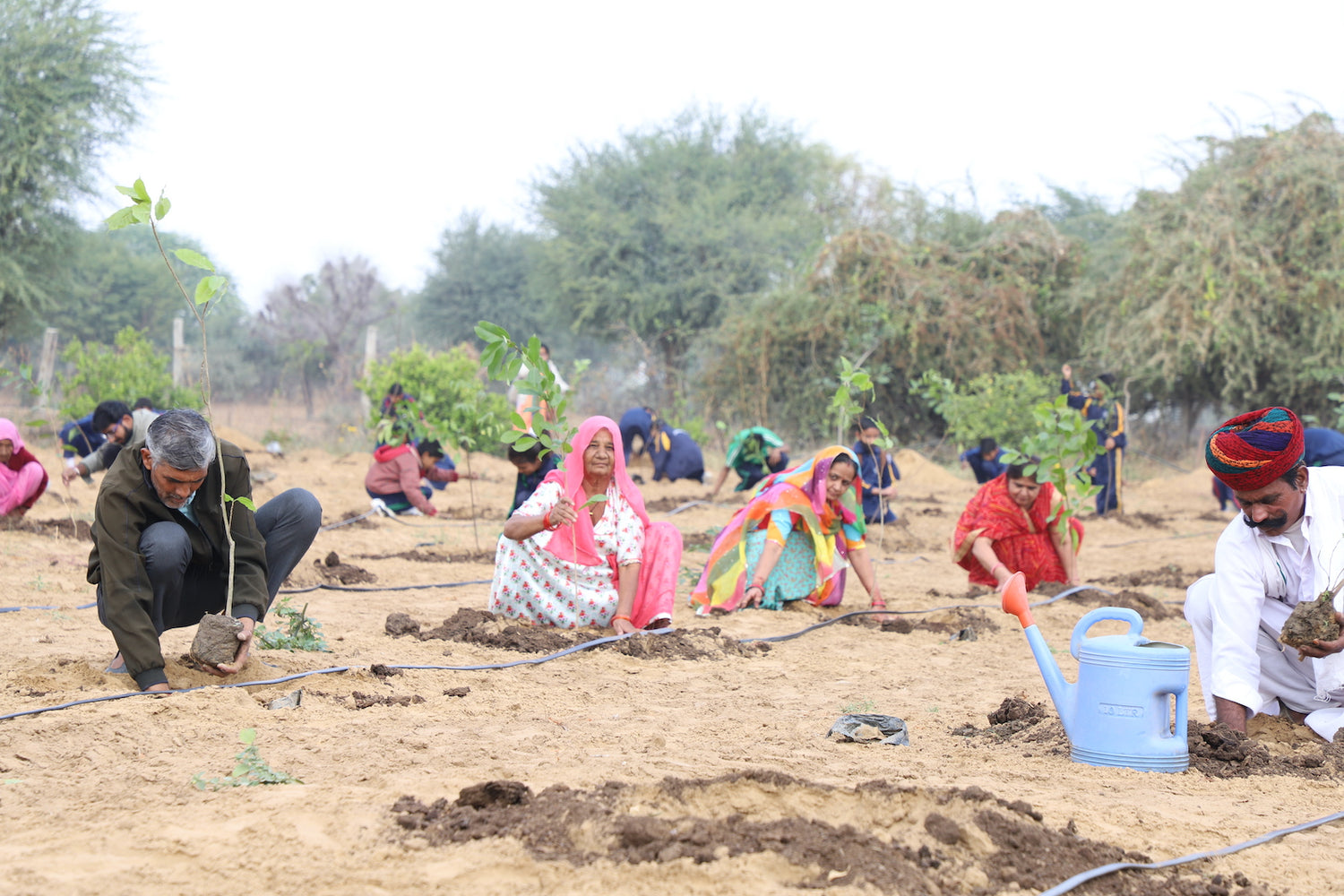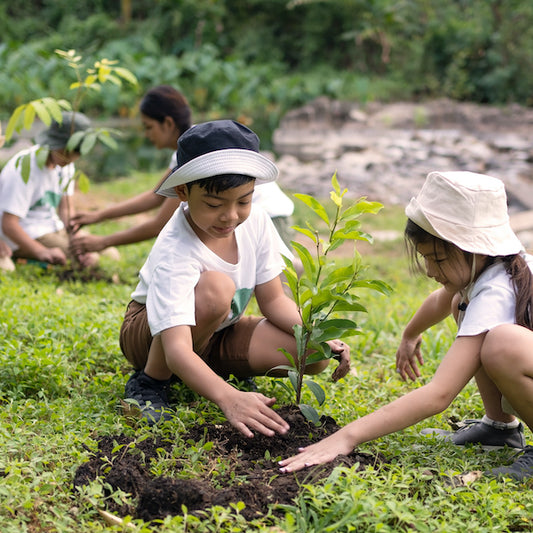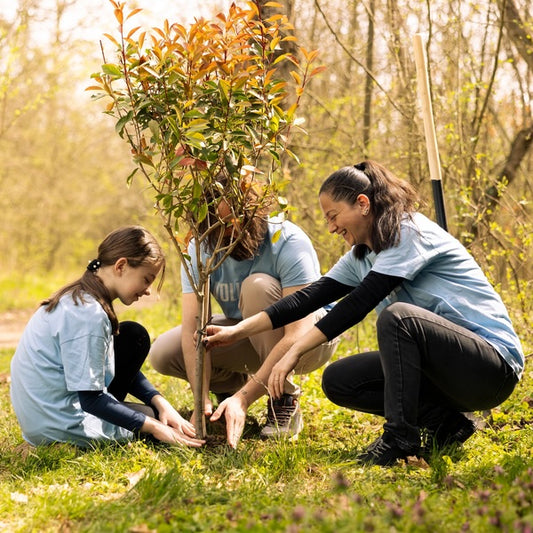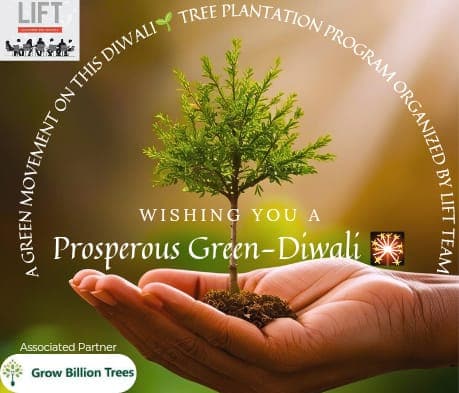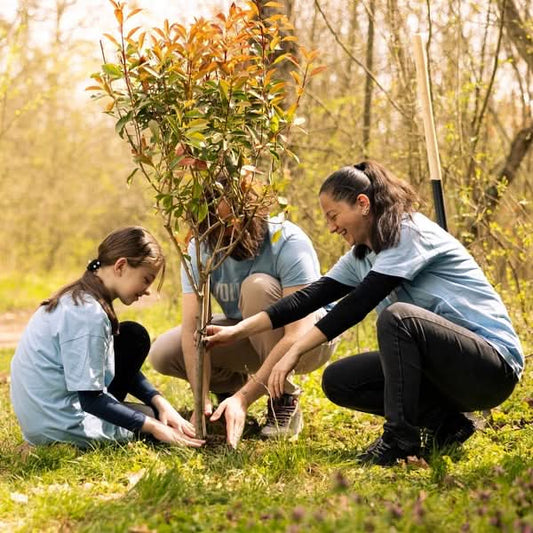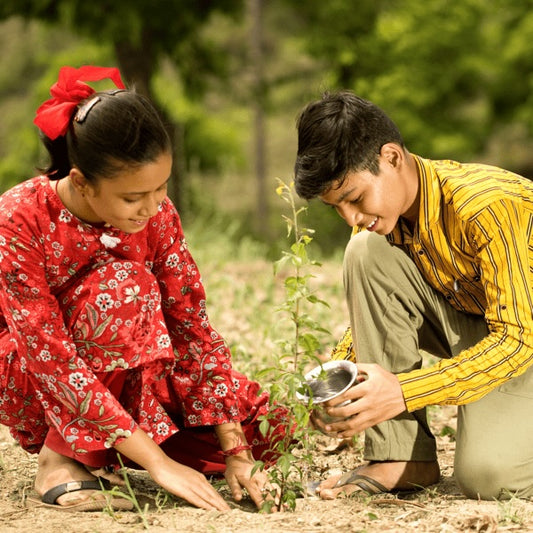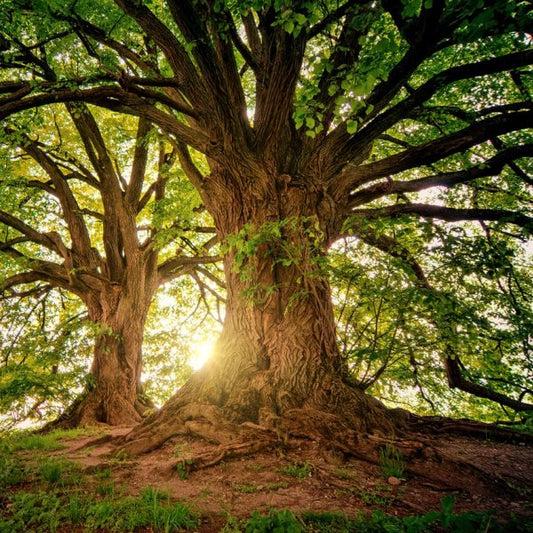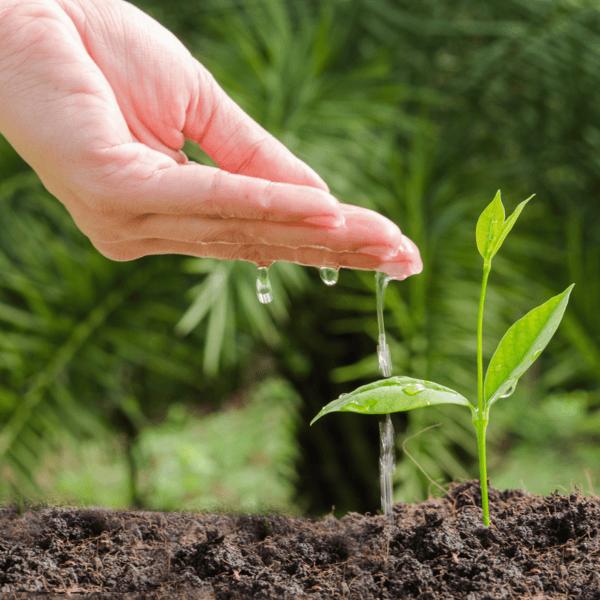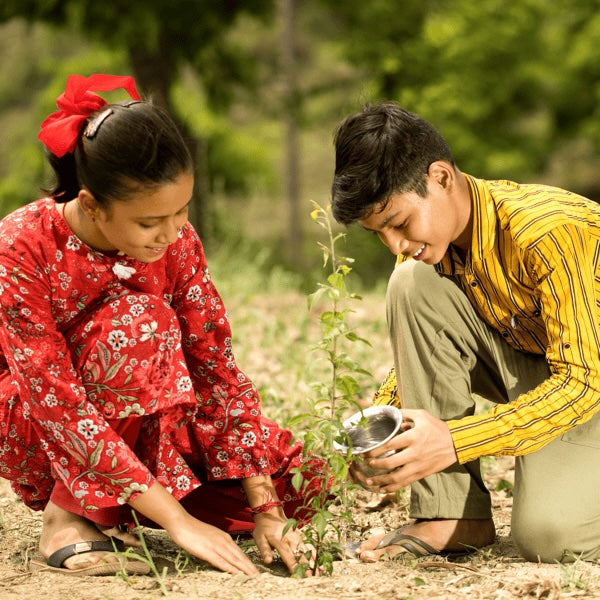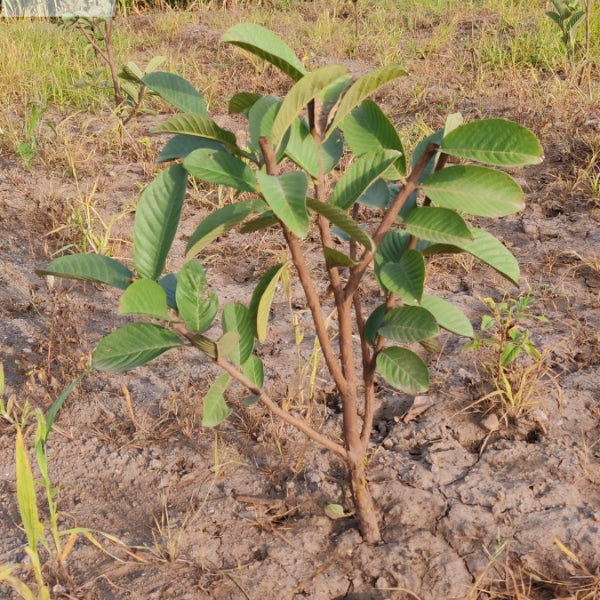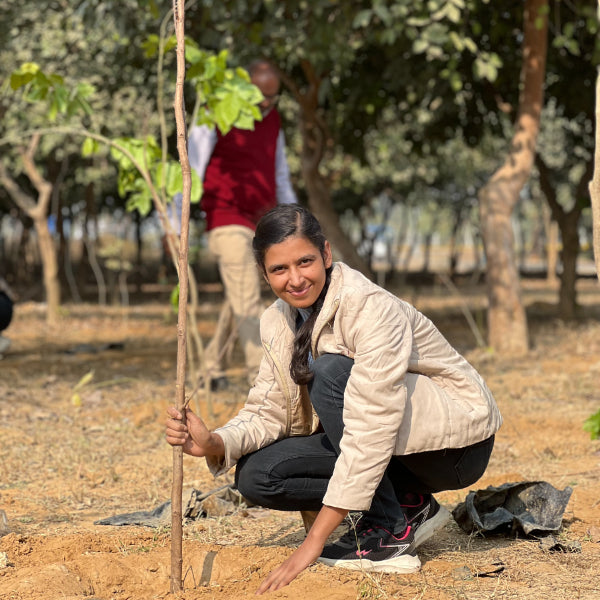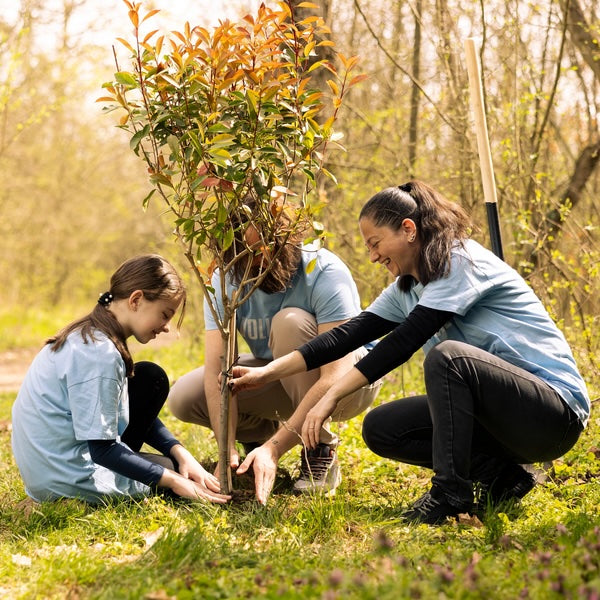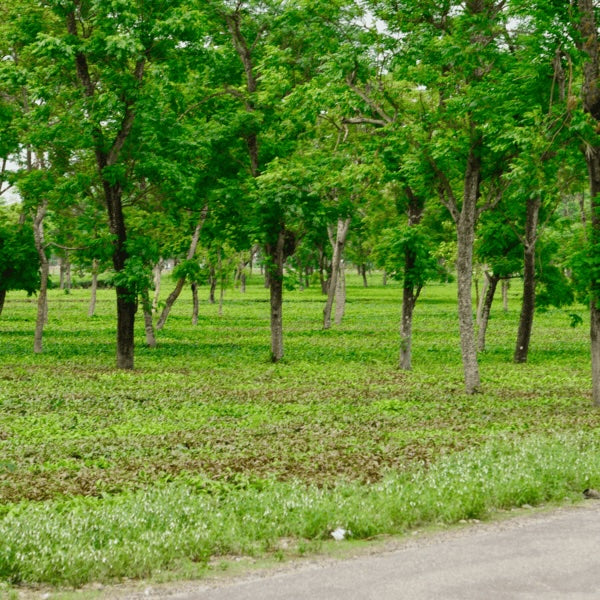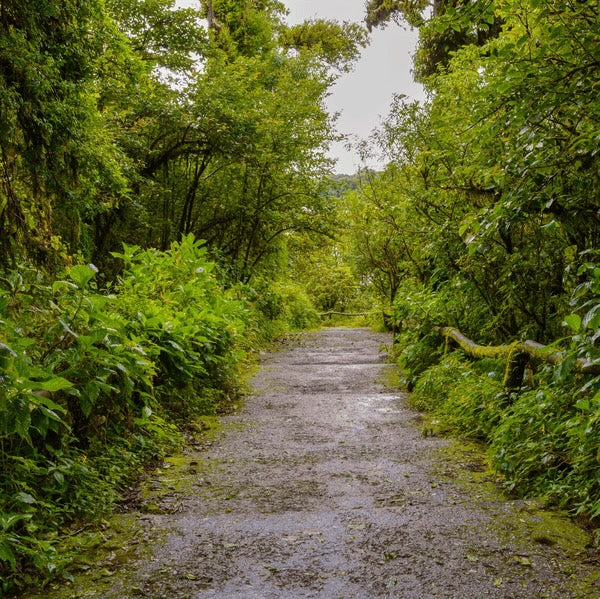Carbon Footprint of Packaging & Logistics
Understanding the Carbon Footprint of Packaging & Logistics In today's world, where environmental concerns are at the forefront of global discuss Read more
Connect with us
-
👥 Corporates
If you are looking for:
- 🌲 Tree Plantation Events
- 📊 CSR Projects
📧 corporate@growbilliontrees.com
📞 +91 9699723523
💬 +91 9370599291 WhatsApp (Only)
🕒 Mon - Sat | 10am - 7pm IST
-
🧩 Tree Plantation NGOs
If you are looking for:
- 💰 Financial Assistance
- 🤝 Operational Support
📧 support@growbilliontrees.com
📞 +91 9699723523
💬 +91 9370599291 WhatsApp (Only)
🕒 Mon - Sat | 10am - 7pm IST
-
🌼 Individuals
If you are looking for:
- 👥 Group Tree Plantation Drive
- 🌳 Bulk Tree Plantation
📞 +91 9699723523
💬 +91 9370599291 WhatsApp (Only)
🕒 Mon - Sat | 10am - 7pm IST
Trending
Trees for Corporates
Understanding the Carbon Footprint of Packaging & Logistics
In today's world, where environmental concerns are at the forefront of global discussions, understanding the carbon footprint of packaging and logistics is more crucial than ever. Every product we consume has a hidden cost to the planet, and that cost is often measured in carbon emissions. As consumers become more eco-conscious, businesses must adapt to meet these expectations. But why does this matter? Because every small change can lead to a significant impact on our planet's health.
What is Grow Billion Trees Team?
The Grow Billion Trees Team is an initiative dedicated to combating climate change through reforestation. By planting trees, this team aims to absorb carbon dioxide from the atmosphere, thereby reducing the overall carbon footprint. Their mission is not just about planting trees; it's about creating a sustainable future for generations to come. In a world where deforestation is rampant, the Grow Billion Trees Team stands as a beacon of hope, reminding us that collective action can lead to monumental change.
Why Grow Billion Trees Team Matters for the Planet
Every tree planted by the Grow Billion Trees Team represents a step towards a healthier planet. Trees play a vital role in our ecosystem by providing oxygen, improving air quality, and supporting wildlife. Moreover, they act as natural carbon sinks, absorbing CO₂ and helping to mitigate climate change. By supporting this initiative, we are not only contributing to reforestation efforts but also fostering a sense of community and responsibility towards our environment. Together, we can create a greener, more sustainable world.
Factors Contributing to Carbon Footprint
- Transportation: The distance goods travel significantly impacts their carbon emissions. Longer distances mean higher emissions.
- Packaging Materials: The type of materials used in packaging (plastic, cardboard, etc.) contributes to the overall carbon footprint.
- Manufacturing Processes: The energy consumed during the production of packaging materials adds to the carbon footprint.
- Storage and Warehousing: Energy used in warehouses and storage facilities also contributes to emissions.
- End-of-Life Disposal: How packaging is disposed of (recycled, landfilled, etc.) affects its overall environmental impact.
Example Calculation
To understand how the carbon footprint is measured, let’s consider a simple example. Suppose a product is transported 100 kilometers, and the emission factor for the transportation method used is 0.2 kg CO₂ per kilometer. The calculation would be:
Distance × Emission Factor = Carbon Footprint
100 km × 0.2 kg CO₂/km = 20 kg CO₂
This means that transporting this product generates 20 kg of CO₂ emissions. Similarly, if a meal generates 1 kg of CO₂ equivalent, then the carbon footprint of transporting that meal can be compared to the emissions from driving a car for a short distance.
Tips to Reduce Carbon Footprint
- Choose Sustainable Packaging: Opt for biodegradable or recyclable materials to minimize waste.
- Optimize Transportation Routes: Use logistics software to find the most efficient routes, reducing travel distance and emissions.
- Consolidate Shipments: Combine shipments to reduce the number of trips needed, thereby lowering emissions.
- Support Local Products: Purchasing locally reduces transportation emissions and supports the local economy.
- Encourage Recycling: Implement recycling programs to ensure packaging materials are reused and not sent to landfills.
FAQs
What is a carbon footprint?
A carbon footprint is the total amount of greenhouse gases, particularly carbon dioxide, that are emitted directly or indirectly by an individual, organization, event, or product, usually measured in equivalent tons of CO₂.
How can businesses reduce their carbon footprint?
Businesses can reduce their carbon footprint by optimizing logistics, using sustainable packaging, implementing energy-efficient practices, and supporting reforestation initiatives like the Grow Billion Trees Team.
Why is packaging important for the environment?
Packaging is crucial because it protects products during transportation and storage. However, it can also contribute significantly to waste and emissions if not managed sustainably.
How do trees help reduce carbon emissions?
Trees absorb carbon dioxide during photosynthesis, storing carbon in their biomass and releasing oxygen back into the atmosphere, thus helping to mitigate climate change.
Conclusion
Understanding the carbon footprint of packaging and logistics is essential for creating a sustainable future. By making informed choices and supporting initiatives like the Grow Billion Trees Team, we can all contribute to reducing our environmental impact. Join the movement and plant trees with Grow Billion Trees to offset your footprint. Together, we can make a difference!
You may like
Sustainable Packaging
Sustainable packaging is the superhero of the packaging world, swooping in to save the planet one eco-friendly box at a time. It’s like the Clark Kent of cardboard—unassuming yet powerful. By using materials that are biodegradable, recyclable, or made from renewable resources, sustainable packaging reduces the carbon footprint significantly. Imagine a world where your takeout container doesn’t outlive you! Companies are now racing to adopt these green practices, and consumers are loving it. So, next time you unwrap your online shopping haul, give a little nod to the sustainable packaging that’s helping to keep our planet a little less cluttered. Remember, every eco-friendly choice counts, and your trash can be a treasure for Mother Earth!
Carbon Neutral Logistics
Carbon neutral logistics is the cool kid on the block, strutting in with a promise to offset emissions like a pro. It’s all about balancing the carbon scales—wherever there’s a carbon footprint, there’s a way to neutralize it. Companies are planting trees, investing in renewable energy, and even supporting carbon offset projects to ensure their logistics operations don’t leave a nasty mark on the environment. Think of it as a game of hide and seek, but instead of hiding from your responsibilities, you’re seeking out ways to make your delivery process as green as possible. So, the next time your package arrives, you can feel good knowing that it traveled in style—carbon-neutral style!
Recyclable Materials
you get your products, and the Earth gets a break. So, the next time you toss that box into the recycling bin, remember you’re not just cleaning up; you’re participating in a global movement to keep our planet healthy and happy. Go ahead, give yourself a pat on the back!
Eco-Friendly Shipping
Eco-friendly shipping is the trendsetter of the logistics world, making waves with its commitment to reducing environmental impact. It’s like the stylish friend who always knows the best sustainable practices. By using electric vehicles, optimizing delivery routes, and minimizing packaging waste, eco-friendly shipping is changing the game. It’s not just about getting your package from point A to point B; it’s about doing it in a way that Mother Nature would approve of. So, when you choose eco-friendly shipping, you’re not just receiving your goods; you’re joining a movement that prioritizes the planet. Who knew getting your online shopping fix could feel so good?
Life Cycle Assessment
Life cycle assessment (LCA) is the detective of the packaging world, investigating every stage of a product’s life from cradle to grave. It’s like a magnifying glass for sustainability, revealing the hidden carbon footprints lurking in production, transportation, and disposal. By analyzing these stages, companies can identify areas for improvement and make smarter, greener choices. Think of LCA as the ultimate sustainability report card—where every A+ in eco-friendliness counts. So, the next time you see a product boasting its LCA results, you can rest assured that it’s not just a pretty label; it’s a commitment to reducing its carbon footprint and making the world a better place.
Green Supply Chain
The green supply chain is the eco-warrior of logistics, fighting the good fight against waste and pollution. It’s like a well-oiled machine, but instead of oil, it runs on sustainability. By integrating eco-friendly practices at every step—from sourcing materials to delivering products—companies can significantly reduce their carbon footprint. It’s all about collaboration, innovation, and a sprinkle of green magic. So, when you hear about a company boasting a green supply chain, know that they’re not just talking the talk; they’re walking the walk, one sustainable step at a time. And who wouldn’t want to support a business that’s committed to saving the planet while delivering your favorite goodies?
Corporate Plantations
FAQ
What is the carbon footprint of packaging and logistics?
The carbon footprint of packaging and logistics refers to the total greenhouse gas emissions produced during the production, transportation, and disposal of packaging materials and the logistics involved in delivering products. At Grow Billion Trees, we understand that every box and bubble wrap contributes to this footprint, and we’re on a mission to minimize it while maximizing our green impact.
How can companies reduce their carbon footprint in packaging?
Companies can reduce their carbon footprint in packaging by opting for sustainable materials, optimizing package sizes, and implementing efficient supply chain practices. At Grow Billion Trees, we advocate for eco-friendly packaging solutions that not only protect products but also protect our planet. Remember, every little bit counts!
What role does logistics play in carbon emissions?
Logistics plays a significant role in carbon emissions as it involves transportation, warehousing, and distribution. Inefficient logistics can lead to increased fuel consumption and higher emissions. At Grow Billion Trees, we focus on streamlining logistics to ensure that our trees reach you with the least environmental impact possible.
Why is sustainable packaging important?
Sustainable packaging is crucial because it reduces waste, conserves resources, and lowers carbon emissions. It’s like giving Mother Earth a big hug! At Grow Billion Trees, we believe that every package should be a step towards a greener future, not a burden on our planet.
How does Grow Billion Trees contribute to reducing carbon footprints?
Grow Billion Trees contributes to reducing carbon footprints by promoting tree planting initiatives and using eco-friendly packaging. Our commitment to sustainability means that for every tree planted, we’re offsetting carbon emissions and creating a healthier environment. It’s a win-win for you and the planet!
What are the benefits of reducing packaging waste?
Reducing packaging waste leads to lower carbon emissions, decreased landfill use, and conservation of natural resources. At Grow Billion Trees, we know that less waste means more trees, and more trees mean a happier planet. Let’s pack light and plant heavy!
Can consumers influence the carbon footprint of packaging?
Absolutely! Consumers can influence the carbon footprint of packaging by choosing products with sustainable packaging and supporting brands that prioritize eco-friendliness. At Grow Billion Trees, we encourage conscious consumerism because every purchase can be a vote for a greener future.
What future trends are emerging in sustainable packaging and logistics?
Future trends in sustainable packaging and logistics include the rise of biodegradable materials, increased use of recycled content, and innovations in supply chain efficiency. At Grow Billion Trees, we’re excited about these trends and are committed to staying ahead of the curve to ensure our packaging is as green as our mission!


